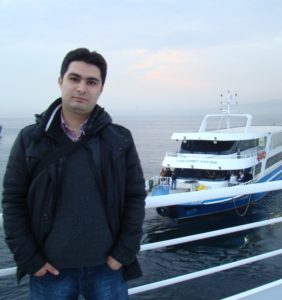Speaker: Kailai Xu, Ph.D. Student at Stanford University
Date: Tuesday, October 6, 2020
Time: 3:00 – 4:00PM US Central Time
Zoom Link: https://tinyurl.com/yy8ldtfh
Abstract
ADCME is a novel computational framework to solve inverse problems involving physical simulations and deep neural networks (DNNs). By describing physical laws with partial differential equations (PDEs) and substituting unknown components with DNNs, we preserve the physics to the largest extent while leveraging DNNs for data driven modeling. To train the DNNs within a physical system, ADCME expresses both numerical simulations (e.g., finite element method) and DNNs as computational graphs and calculates the gradients using reverse-mode automatic differentiation. We have built a system of re-usable and flexible numerical simulation operators that support gradient-backpropagation for many engineering applications, such as seismic inversion, constitutive modelin g, Navier-Stokes equations, etc. ADCME also provides a computational model for conducting large-scale inverse modeling using MPI, and has been deployed across thousands of cores. The ADCME software is open -sourced and available at https://github.com/kailaix/ADCME.jl.
Biography
Kailai Xu is a Ph.D. student in computational mathematics at Stanford. His current research interest centers on machine learning for inverse problems in computational engineering. He has developed the open-source software ADCME.jl in Julia and C++ for high-performance inverse modeling using automatic differentiation. Specifically, he has developed novel physics-based machine learning algorithms and software packages based on ADCME.jl for solving inverse problems in stochastic processes, solid mechanics, geophysics and fluid dynamics. One highlight of his research is combining neural networks with numerical solvers for PDEs, which enables data-driven modeling with physics knowledge.

 From Microstructure to the Performance: A Computational Framework to Study the Response of Materials
From Microstructure to the Performance: A Computational Framework to Study the Response of Materials